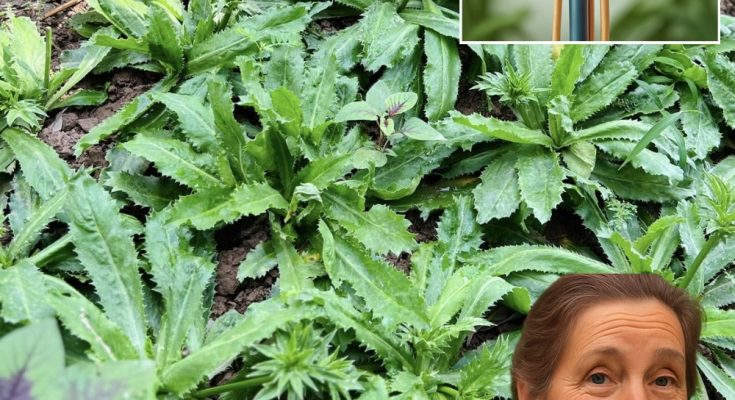If you’re growing culantro (Eryngium foetidum) in your garden, congratulations — you’ve got a powerful natural gem right at your fingertips. Often overshadowed by its cousin cilantro, this tropical herb deserves a spotlight of its own. With a bold flavor, unmistakable aroma, and a rich history of medicinal use, culantro brings both health and taste to the table.
What is Culantro?
Also known as long coriander or sawtooth herb, culantro is a tropical plant popular in Latin American, Caribbean, and Southeast Asian cuisines. Its long, jagged leaves pack a punch of earthy, peppery flavor that’s perfect for hearty soups, stews, and spice-packed marinades.
Unlike cilantro, culantro can handle high heat, making it an excellent herb for cooking. And beyond its culinary appeal, it offers impressive health benefits passed down through generations of traditional medicine.
The Health Benefits of Culantro
🌿 Nutrient-Dense Goodness
Culantro is rich in essential vitamins A, C, and K, and minerals like calcium, iron, and phosphorus. These nutrients support bone strength, immune function, and skin health — making culantro a natural ally for daily wellness.
🌿 Supports Digestion
Used in folk medicine for centuries, culantro helps ease bloating, indigestion, and diarrhea. It’s a gentle way to calm an upset stomach and promote a healthier gut.
🌿 Natural Anti-Inflammatory
Loaded with antioxidants, culantro can help reduce inflammation in the body. Whether you’re dealing with joint pain, sore muscles, or general inflammation, this herb might offer some relief.
🌿 Respiratory Relief
Culantro has been traditionally used to treat asthma, colds, and congestion. Its antimicrobial properties can help fight off respiratory infections and open up the airways.
🌿 A Natural Detoxifier
This green powerhouse supports liver health and aids in flushing toxins from the body. It’s often used in herbal detox teas to promote vitality and cleansing from within.
How to Use Culantro
In the Kitchen
-
Add flavor: Toss chopped culantro into soups, stews, or curries.
-
Spice it up: Use in marinades, salsas, or sauces for an herbal kick.
-
Garnish: Sprinkle over finished dishes for a bold finish and fresh aroma.
As a Natural Remedy
-
Culantro Tea: Steep a handful of fresh leaves in hot water. Drink warm to soothe digestion and support immunity.
-
Topical Poultice: Mash the leaves and apply to insect bites or minor wounds to reduce swelling and speed up healing.
Growing Culantro at Home
Want a reliable, low-maintenance herb with big benefits? Culantro is your answer.
-
Sunlight: Prefers partial shade — too much sun can cause bolting.
-
Soil: Loves well-drained, nutrient-rich soil.
-
Water: Keep it consistently moist but not soggy.
-
Harvesting: Snip the outer leaves regularly to keep the plant healthy and productive.
Tip: Let a few plants go to seed at the end of the season so you can enjoy culantro year after year.
Why Culantro Belongs in Every Garden
Culantro isn’t just a flavor enhancer — it’s a natural healer, a resilient grower, and a powerhouse of wellness. Whether you’re blending it into your favorite dish or brewing it into tea, this underrated herb delivers.
Add culantro to your garden and daily routine. You’ll be surprised how such a simple plant can offer so many benefits — from enhancing meals to supporting your health naturally. 🌱



